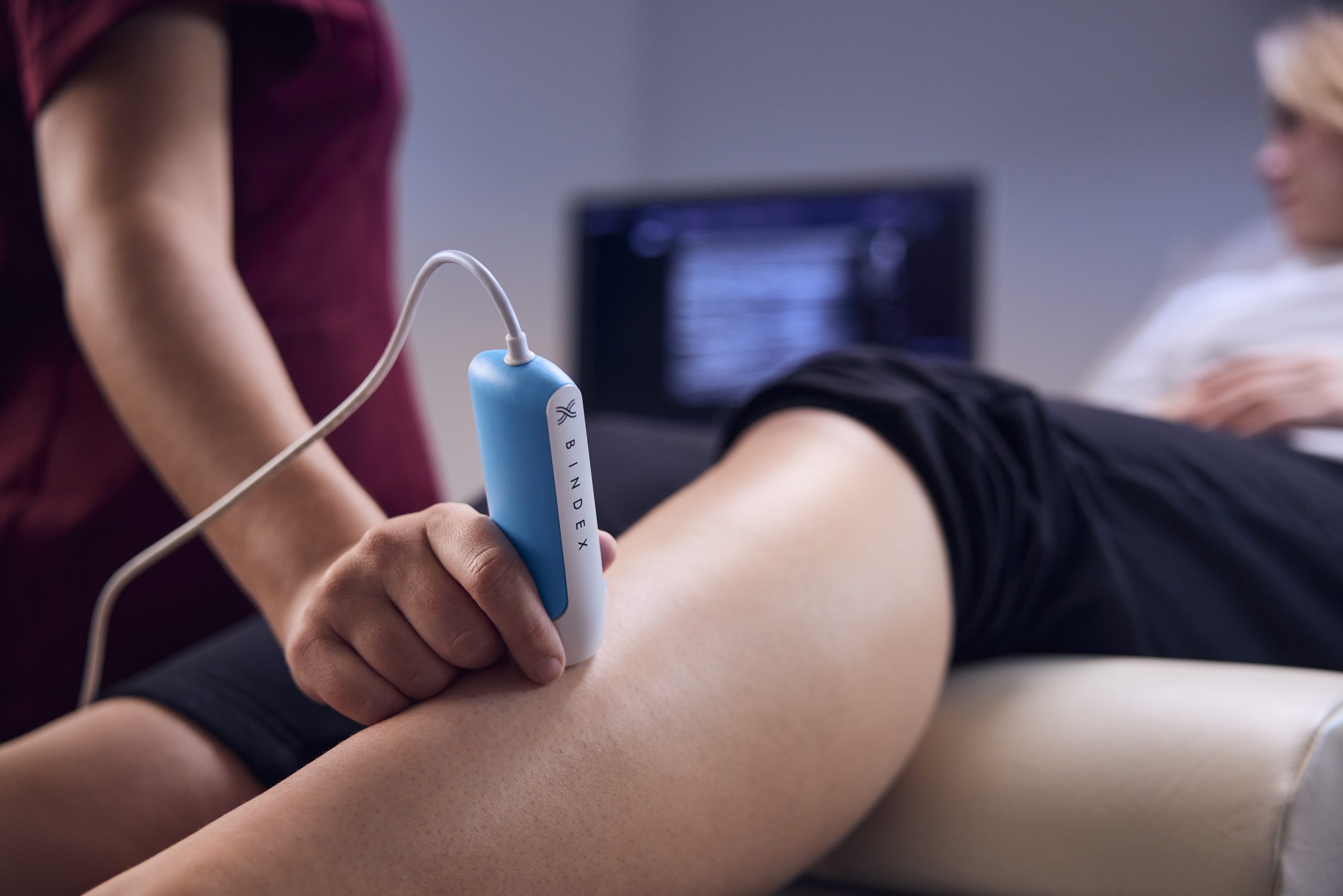Diabetes mellitus, commonly known as diabetes, is a metabolic disease that causes high blood sugar. The hormone insulin moves sugar from the blood into your cells to be stored or used for energy. With diabetes, your body either does not make enough insulin or cannot effectively use the insulin it does make.
Untreated high blood sugar from diabetes can damage your nerves, eyes, kidneys, and other organs.
There are 2 main types of diabetes
- Type 1 diabetes is an autoimmune disease. This is where the body’s immune system attacks and destroys the cells in the pancreas that produce insulin.
- Type 2 diabetes occurs when your body does not produce enough insulin or the body’s cells becomes resistant to insulin, and sugar builds up in your blood.
Type 2 diabetes is far more common than type 1.
Type 2 diabetes
Type 2 diabetes accounts for approximately 90% to 95% of all diagnosed cases of diabetes; type 1 diabetes accounts for approximately 5-10%. There are more than 3.8 million people living with diabetes in the UK, and 90% of those are type 2 cases, according to updated figures.
Diabetes UK say these numbers mean one in ten people over the age of 40 now has type 2 diabetes, and there are a further 1 million who do not know they have the condition. By 2030 it is predicted this number will rise to 5.5 million.
One of the main drivers behind these figures is the dramatic increase in obesity rates. Three in five adults in England are overweight or obese, and while not every case of type 2 diabetes is caused by excessive weight, it is the single greatest risk factor for developing the condition.
Diabetes UK’s Chief Executive Chris Askew said: “Millions of type 2 diabetes cases could be prevented if we help people understand their risk and how to reduce it. Even though the older people get the more likely they are to have type 2 diabetes, it is never too early to know your risk so that you can make changes to prevent or delay it.
“The signs of type 2 diabetes are often not obvious, that’s why spotting them early can be life-changing. Early diagnosis means that fewer people will experience diabetes-related complications such as sight loss, amputation, kidney failure, stroke and heart disease, because they could seek support to manage their condition effectively as soon as possible.”
Prediabetes
Prediabetes is when your blood glucose levels are higher than normal, but not high enough for you to be diagnosed with type 2 diabetes. Most people do not experience any symptoms.
Having prediabetes means that you are at high risk of developing type 2 diabetes. This also increases the risk of developing conditions such as heart disease, peripheral arterial disease and stroke (cardiovascular diseases).
At the present time around 12.3 million people are at increased risk of type 2 diabetes in the UK.
If prediabetes is treated, it can help to prevent the development of diabetes and cardiovascular disease. The most effective treatments are lifestyle changes, including eating a healthy balanced diet, losing weight if you are overweight, and doing regular physical activity.
There are more than 3.8 million people living with diabetes in the UK, and 90% of those are type 2 cases.
The HbA1c blood test
This blood test looks at glycated haemoglobin (HbA1c) which can indicate whether you have prediabetes or diabetes.
Glycated haemoglobin is made when the glucose (sugar) in your bloodstream, sticks to your red blood cells, this bonding process is called glycation. Your body can’t use the sugar properly, so more of it sticks to your blood cells and builds up in your blood. Red blood cells are active for around 2-3 months, so this is a way of assessing your average blood sugars in the past 2-3 months. If a person has high blood glucose, more red blood cells become glycated, giving a higher HbA1c level.
Does this test differ from a fasting glucose measurement?
Yes, it does. Fasting glucose is a snapshot of your blood glucose level at that one moment in time and is influenced by a variety of factors, so has a more limited value.
What can my results tell me?
HbA1c is used to monitor average blood glucose levels in someone with diabetes and to help treatment decisions. It can also be used to make a diagnosis of type 2 diabetes and to identify pre-diabetes. For those who are found to be prediabetic, making lifestyle changes may help to avoid or delay the onset of type 2 diabetes.
HbA1c (mmol/mol or %)
Normal – Below 42 mmol/mol or 6.0%
Prediabetes – 42 to 47 mmol/mol or 6.0% to 6.4%
Diabetes – 48 mmol/mol or over 6.5% or over
- In someone with no symptoms, a diagnosis of diabetes should never be based on the single abnormal HbA1c reading, and at least one additional test is essential. If the second result is normal, then it would be prudent to monitor and review this patient.
- In someone who has symptoms of diabetes e.g. thirst, increased urination, weight loss, drowsiness or recurrent infections, diabetes can be diagnosed with more confidence based on a single abnormal result.
Is the test suitable for me?
HbA1c is not always the most appropriate way to assess blood sugar e.g. it cannot be used in children or young people, pregnancy, people who are acutely unwell, alcoholics, anaemia, in chronic renal failure, patients who have had a splenectomy and pancreatic surgery, certain haemoglobinopathies, iron and vitamin B12 deficiency It can also be affected by steroids, antipsychotics, aspirin, and vitamins C and E.
Do you include the HbA1c test in your health assessments?
HbA1c is included in all Preventicum health assessments and we look forward to discussing this diabetes test with you further, at your next Preventicum assessment.




